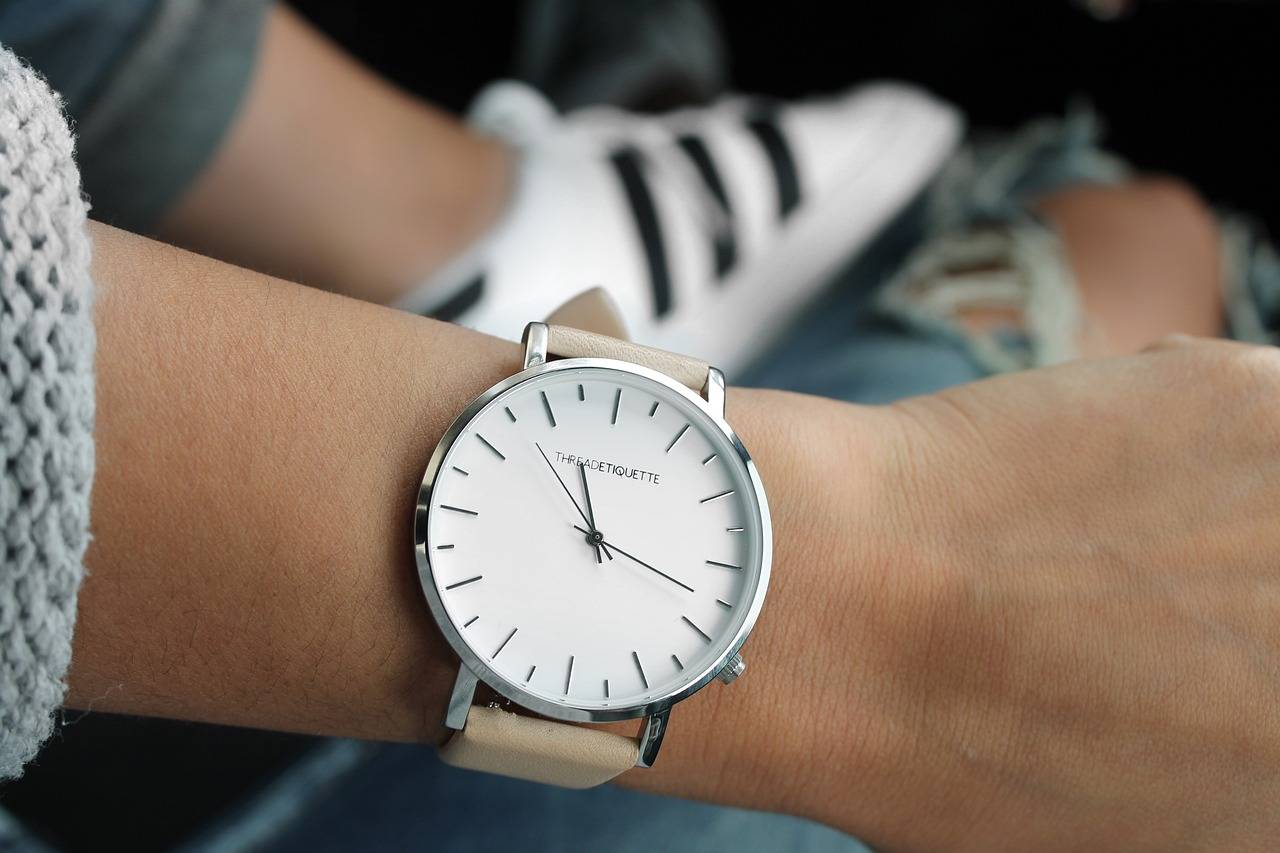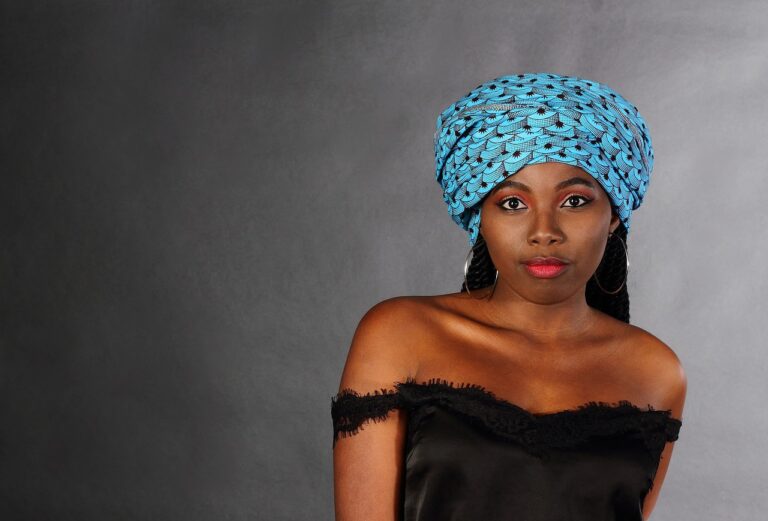Fashion and Politics: Fashion Statements in Political Protests
Fashion has long been recognized as a powerful form of self-expression. In the realm of political protests, clothing choices can serve as a medium for individuals to convey their beliefs and advocate for social change. By donning specific garments, protesters can visually align themselves with a particular cause or movement, making a bold statement without uttering a single word.
The use of fashion in political protests goes beyond simply dressing the part; it symbolizes solidarity and unity among like-minded individuals. Through coordinated outfits or accessories, participants can visually signal their collective stance on pressing social issues, amplifying their voices in a visually impactful way. This blending of style and activism transforms the protest space into a dynamic arena where clothing serves as a powerful tool for communication and mobilization.
The Intersection of Fashion and Activism in Political Protests
Fashion has long been intertwined with activism, serving as a potent tool for individuals to make bold statements in political protests. Whether it’s through symbolic colors, powerful slogans, or striking visuals, clothing and accessories have the ability to convey strong messages and unite like-minded individuals in a cause. In recent years, we have witnessed how fashion has played a pivotal role in shaping the narratives of various social movements, amplifying voices that demand change and justice.
The choice of attire in political protests is not merely about style, but a deliberate act of defiance and solidarity. From iconic items like the pussy hat in the Women’s March to the use of traditional garments in indigenous rights movements, fashion has become a form of resistance that challenges societal norms and sparks conversations. By harnessing the visual impact of clothing, activists are able to capture attention, evoke emotion, and spark critical discussions on pressing issues, ultimately pushing for social transformation through the power of style.
How can fashion be used as a form of expression in political protests?
Fashion can be used in political protests to convey powerful messages, make a statement, and visually represent a cause or movement.
Why is the intersection of fashion and activism important in political protests?
The intersection of fashion and activism in political protests can draw attention to important issues, spark conversations, and create a sense of unity among protesters.
How can individuals incorporate fashion into their activism efforts?
Individuals can incorporate fashion into their activism efforts by wearing clothing or accessories that symbolize their beliefs, participating in organized dress codes for protests, or creating their own unique protest wardrobe.
What are some examples of fashion statements in political protests?
Examples of fashion statements in political protests include wearing t-shirts with powerful slogans, donning symbolic colors or patterns, and using accessories like pins or patches to showcase solidarity with a cause.
How can fashion and activism work together to create change?
Fashion and activism can work together to create change by raising awareness, mobilizing supporters, and sending a visual message that can resonate with a wide audience.





